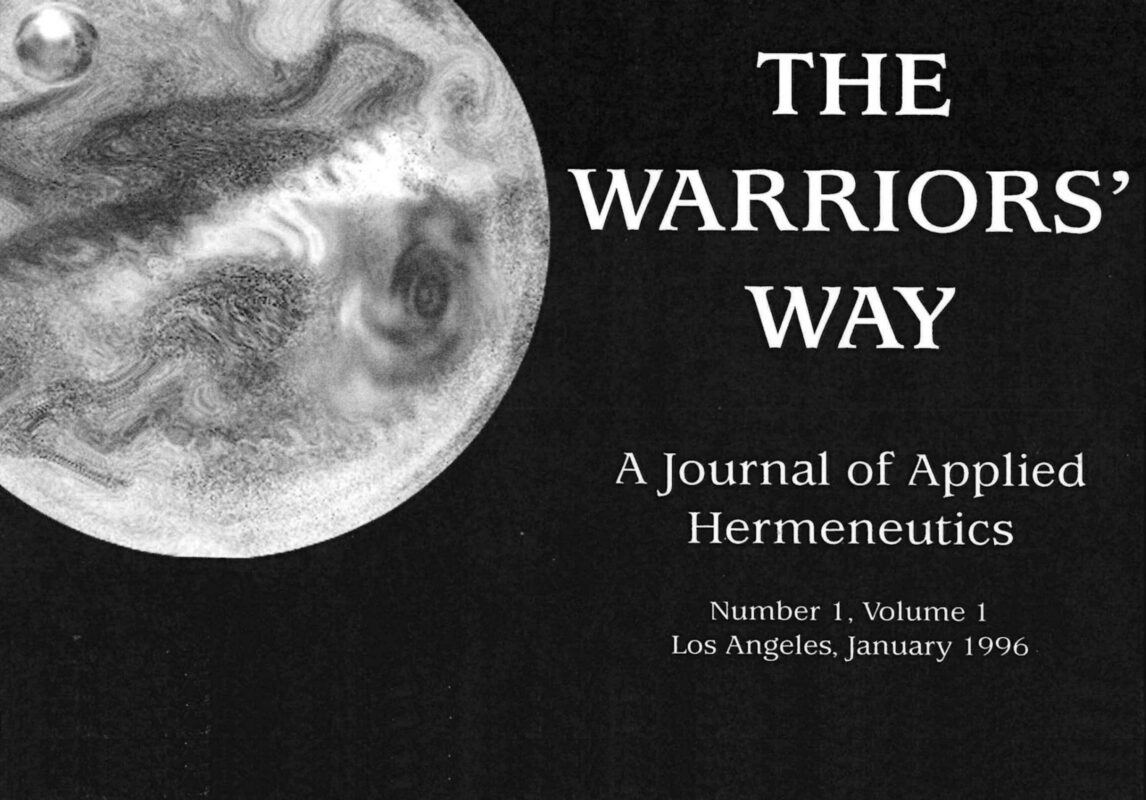Journal of Applied Hermeneutics – What is Hermeneutics?
In this section, Castaneda introduces the concept of hermeneutics, tracing its evolution from a method for interpreting sacred texts to a broader philosophical discipline concerned with interpreting the world. He then states the purpose of the journal: to apply these principles to the teachings of don Juan Matus, a Yaqui sorcerer. Castaneda’s aim is to focus on the practical application of don Juan’s interpretive framework, hence the name “applied hermeneutics,” which emphasizes a sorcerer’s practicality over abstract philosophical reflection.
Journal of Applied Hermeneutics – What is Hermeneutics? Read More »
